The ninth month of pregnancy – Final sprint!
Now it’s time for the final sprint! Both your baby and your body are increasingly preparing for the birth from week 33 to 36 weeks of pregnancy. While your baby is gaining a lot of weight in this month of pregnancy, you may already be experiencing premonitory pains or false labor. However, this is no reason to worry! We explain to you what these contractions are all about and how you can alleviate false labor and premonitory pains.
How is your baby developing in the ninth month of pregnancy?
While the baby is still about 43 to 45 cm tall in the 33rd week of pregnancy, it grows to about 47 cm by the 36th week. In the ninth month of pregnancy, however, the baby’s weight gain is the main focus. Within 4 weeks, the weight increases approximately from 1900 grams to 2700 grams. In the ninth month of pregnancy, the baby also sinks deeper into the pelvis and turns into the birthing position. Almost 90% of babies turn into the cranial position during this process.
By the beginning of the ninth month of pregnancy, the baby’s brain, nerves and senses are almost fully developed – now it’s all about the finer details. For example, the development of the skin and fingernails is complete by the 34th week of pregnancy, and the lung function is also very mature. In the ninth month of pregnancy, the baby’s pupillary reflex also develops. The baby increasingly reacts to the effects of light by having its pupils constrict when the light is stronger and dilate when it is darker.
What symptoms can you experience as an expectant mother in the ninth month of pregnancy?
Your belly has probably grown so much that even putting on shoes can become a challenge. Many expectant mothers also find it difficult to sleep undisturbed towards the end of pregnancy. The growing belly and increasing baby movements can make it difficult to find a suitable sleeping position.

TIP: Try sleeping on your left side and use a side sleeper or nursing pillow for stability. This sleeping position is considered optimal during pregnancy because the blood can circulate well and the internal organs are not constricted in this position.
In the first weeks of the ninth month of pregnancy, shortness of breath may still be more common. However, as soon as the baby is lowered into the pelvis, there will be more space in the upper body and you should be able to breathe and perhaps eat a little better again. At the same time, the lowering of the baby reduces the space in the lower body and the pressure on the bladder increases. So you may need to go to the bathroom more often during this time and feel like you have a weak bladder.

TIP: Light pelvic floor training during pregnancy can help here. It is best to ask your midwife which exercises are suitable.
In the ninth month of pregnancy, you will also notice a significant increase in the baby’s movements, and you will now be able to detect small bulges in your abdomen caused by little fists and feet more and more frequently. However, due to the increasing strength of the baby, these movements can sometimes be painful.
Braxton-Hicks, false labor and premonitory pains – what is the difference?
The accompanying symptoms in the ninth month of pregnancy also include the false labor and the premonitory pains. You may have also heard about training contractions and wonder how you can distinguish between these types of contractions.
What are Braxton-Hicks?
Braxton-Hicks and false labor are very similar. Both types of contractions do not induce labor, which means that the cervix still remains closed and does not open due to false labor or braxton hicks. Braxton-Hicks can occur as early as 25 weeks of pregnancy. See our article on the seventh month of pregnancy for more detailed information and how they differ from labor contractions.
What is false labor?
False labor pains can occur from about the 36th week of pregnancy and help the baby to descend into the pelvis and move towards the birth canal. They are usually mild to moderately painful and occur at irregular intervals. There are several symptoms that you can use to recognize a descending labor. However, it is important to note that these can vary from woman to woman and from pregnancy to pregnancy.
Possible symptoms of false labor:
- Pulling in the abdomen
- Unpleasant stinging in the back that radiates to the thighs
- Slight feeling of pressure
- Hard abdomen for a few seconds

IMPORTANT: If no false labor occur, this is not a negative sign, but perfectly fine. Not all moms-to-be experience false labor, Braxton-Hicks, or premonitory pains in the ninth month of pregnancy.
What are premonitory pains?
Usually, premonitory pains occur around the last three weeks of childbirth. However, they can also occur earlier – this is often the case if the expectant mother already has a child. Premonitory pains prepare the cervix and neck of the uterus for birth and occurs at irregular intervals, as do braxton-hicks and false labor. In most cases, premonitory pains are not painful, if at all.

TIP: Warmth and relaxation usually ensure that the contractions subside again. A warm bath can help relieve symptoms and pain. Some women also find breathing techniques or special herbal teas helpful – it’s best to ask your midwife or gynecologist about this.
How can Braxton-Hicks, false labor and premonitory pains be distinguished from labor contractions?
The types of contractions presented previously all have three characteristics that distinguish them from labor contractions. Braxton-Hicks, false labor, and premonitory pains….
- Occur at irregular intervals
- Are easily treated with heat and other methods
- Do not induce labor
In contrast, labor pains induce birth and open the cervix. Also, labor pains occur at shorter intervals and become regular after an initial period of 10 to 15 minutes. The contractions then occur every three to five minutes, last for about a minute, and continue for the duration of an hour.

What changes in the check-ups in the ninth month of pregnancy?
From the 32nd week of pregnancy, the rhythm of your check-ups changes: You will now have to see your gynecologist or midwife every two weeks. You will also be tested for hepatitis B if this has not already happened in the eighth month of pregnancy. A test for streptococcus type B is also recommended between the 35th and 37th week of pregnancy.

INFO: You may be feeling the nest-building urge again during this time and want to prepare everything perfectly for the arrival of your baby. Do not overexert yourself during this time, listen to your body and respect your limits. Your body is doing incredible things in the last stages of pregnancy and needs enough rest. Soon you will be able to hold your little miracle in your arms!

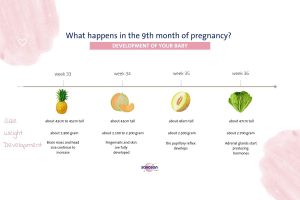
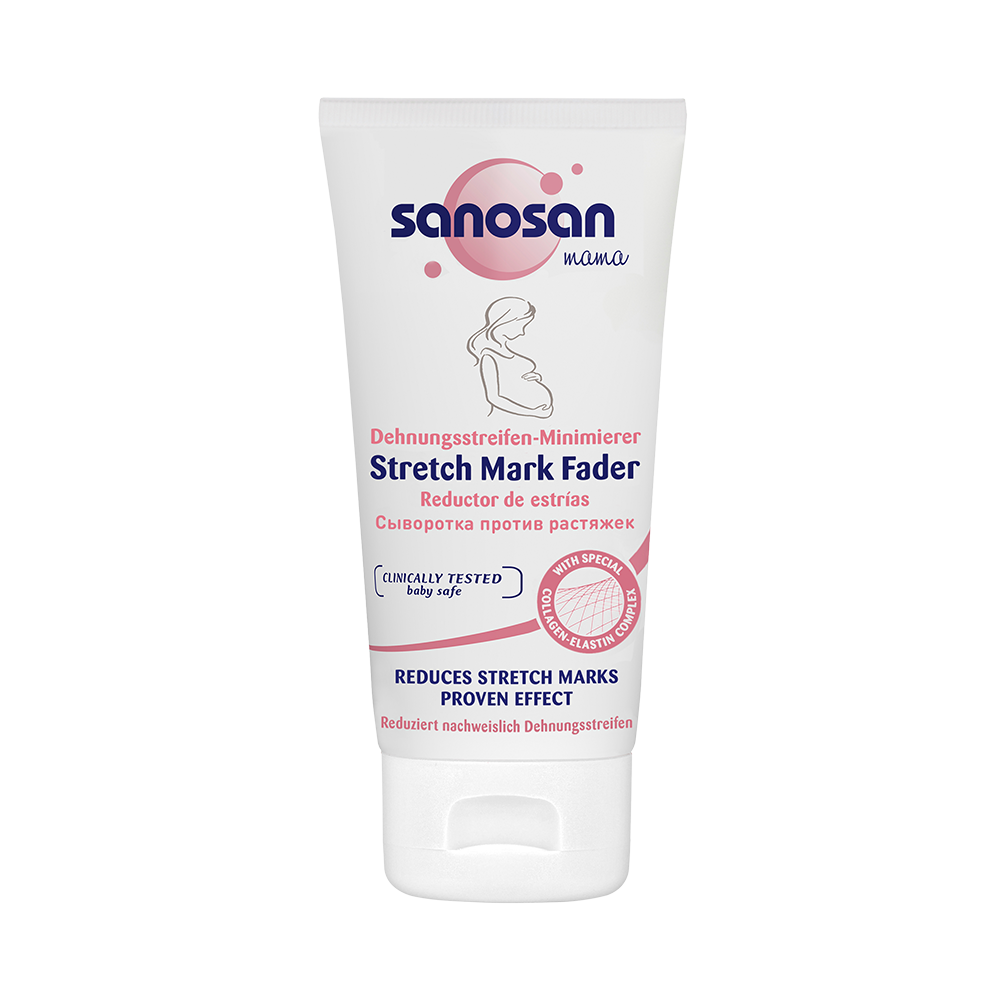
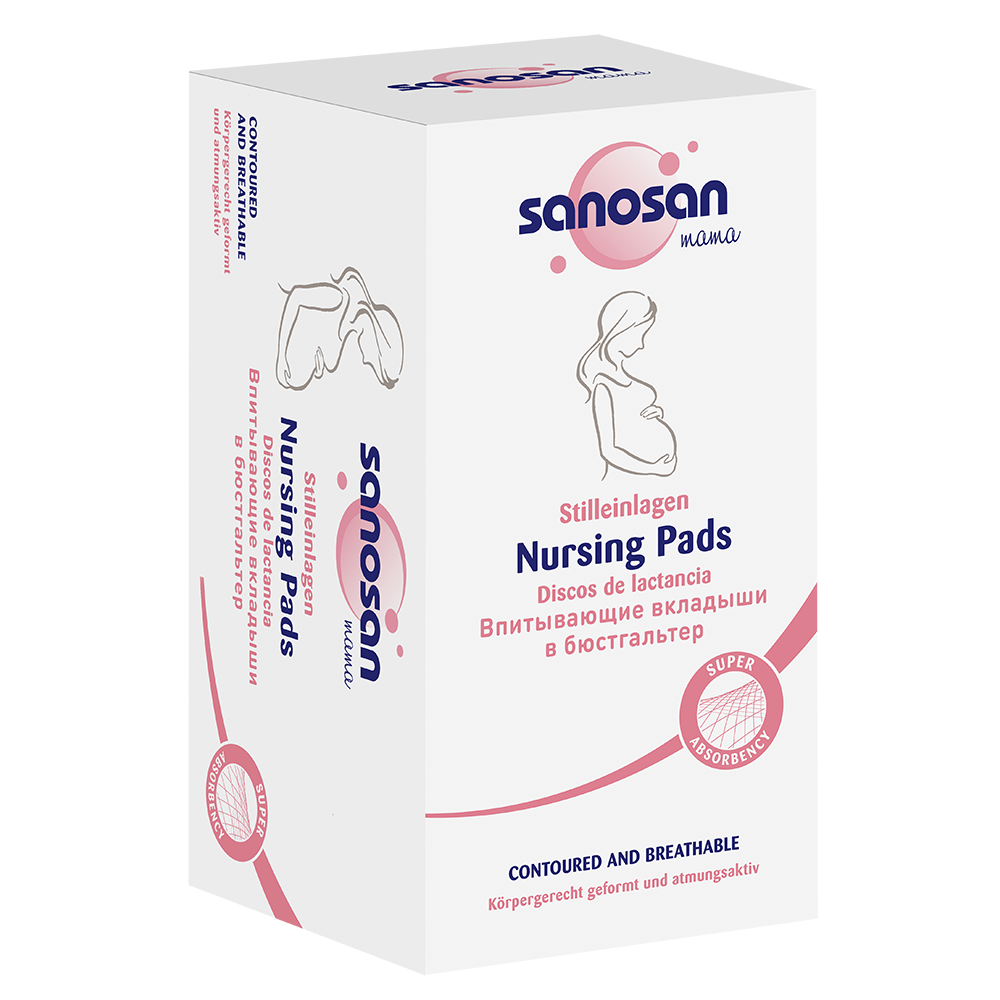

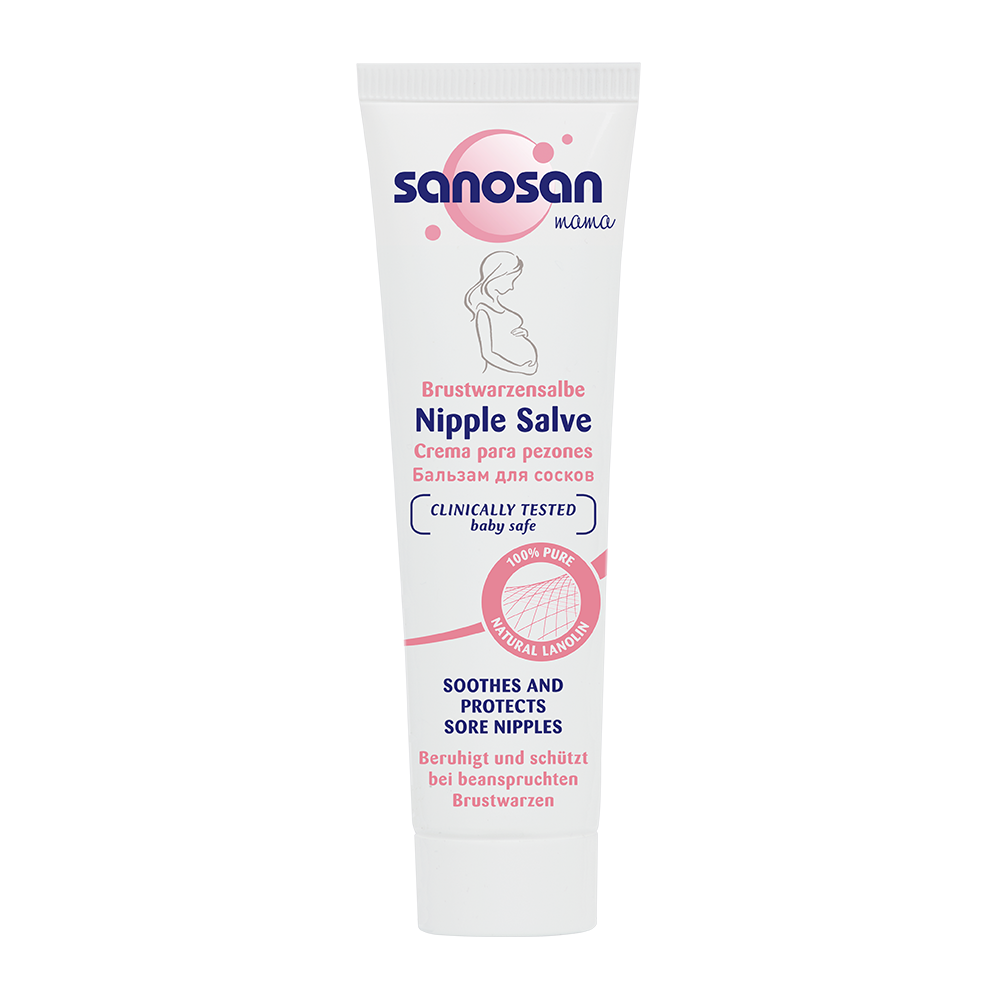

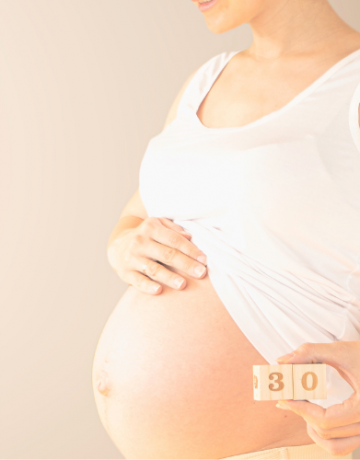
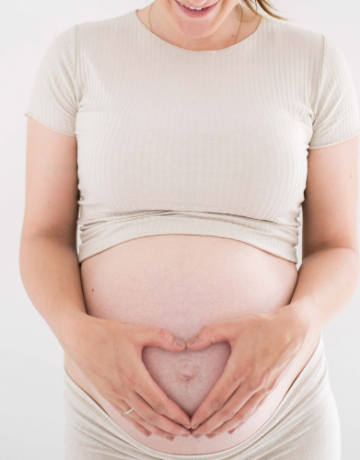
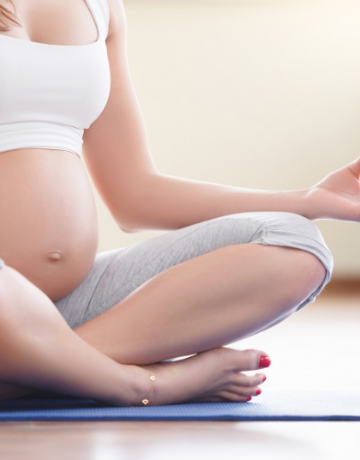

Comments (0)